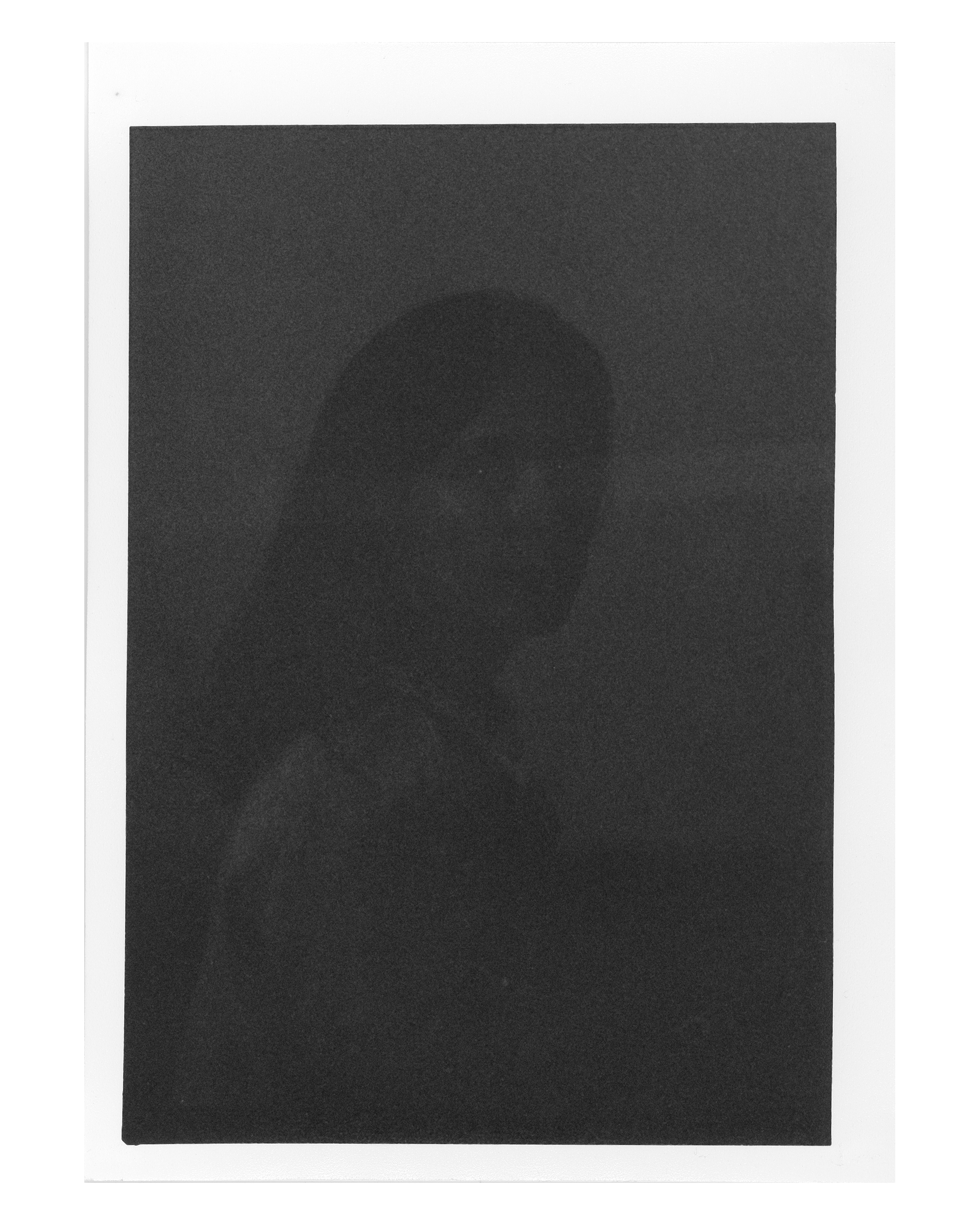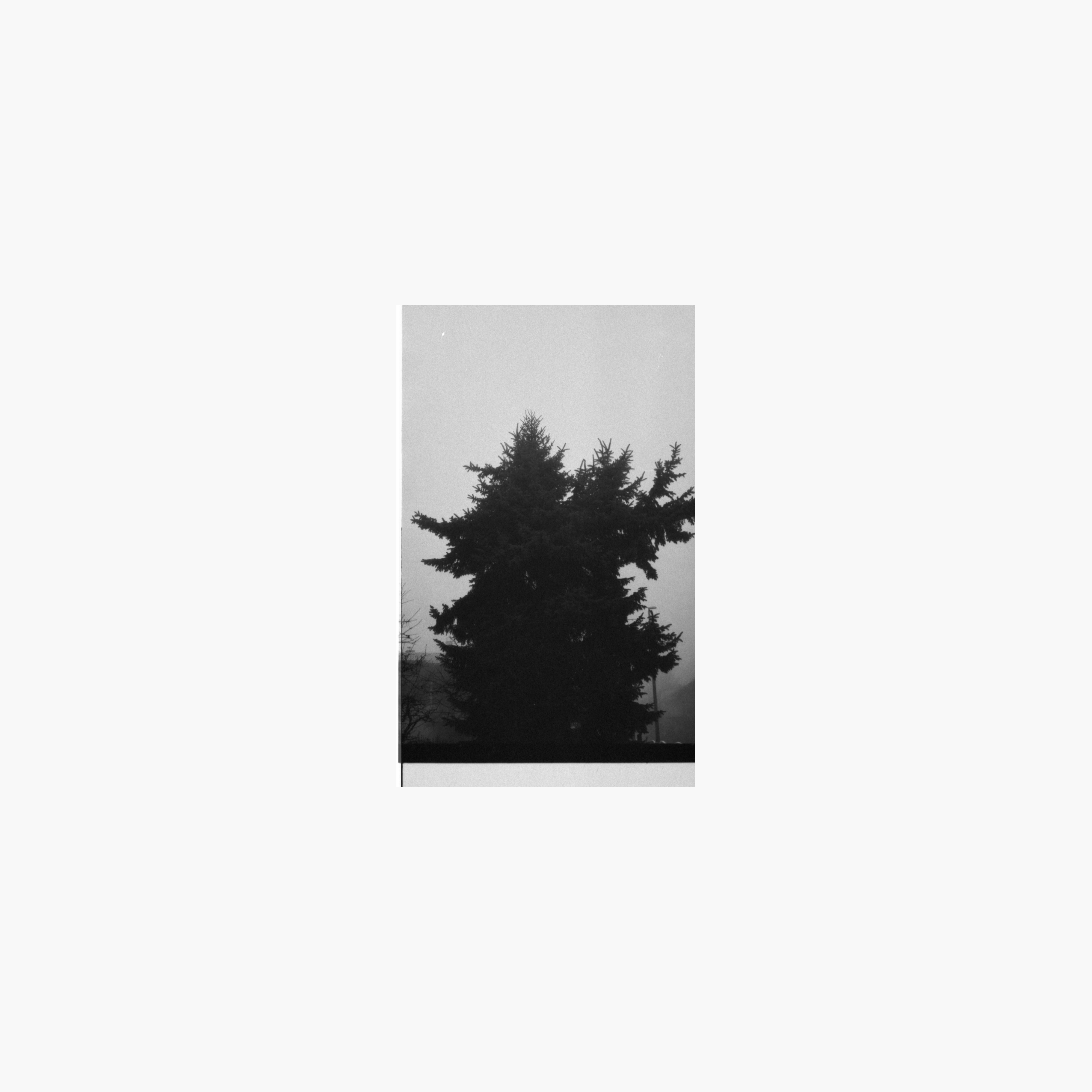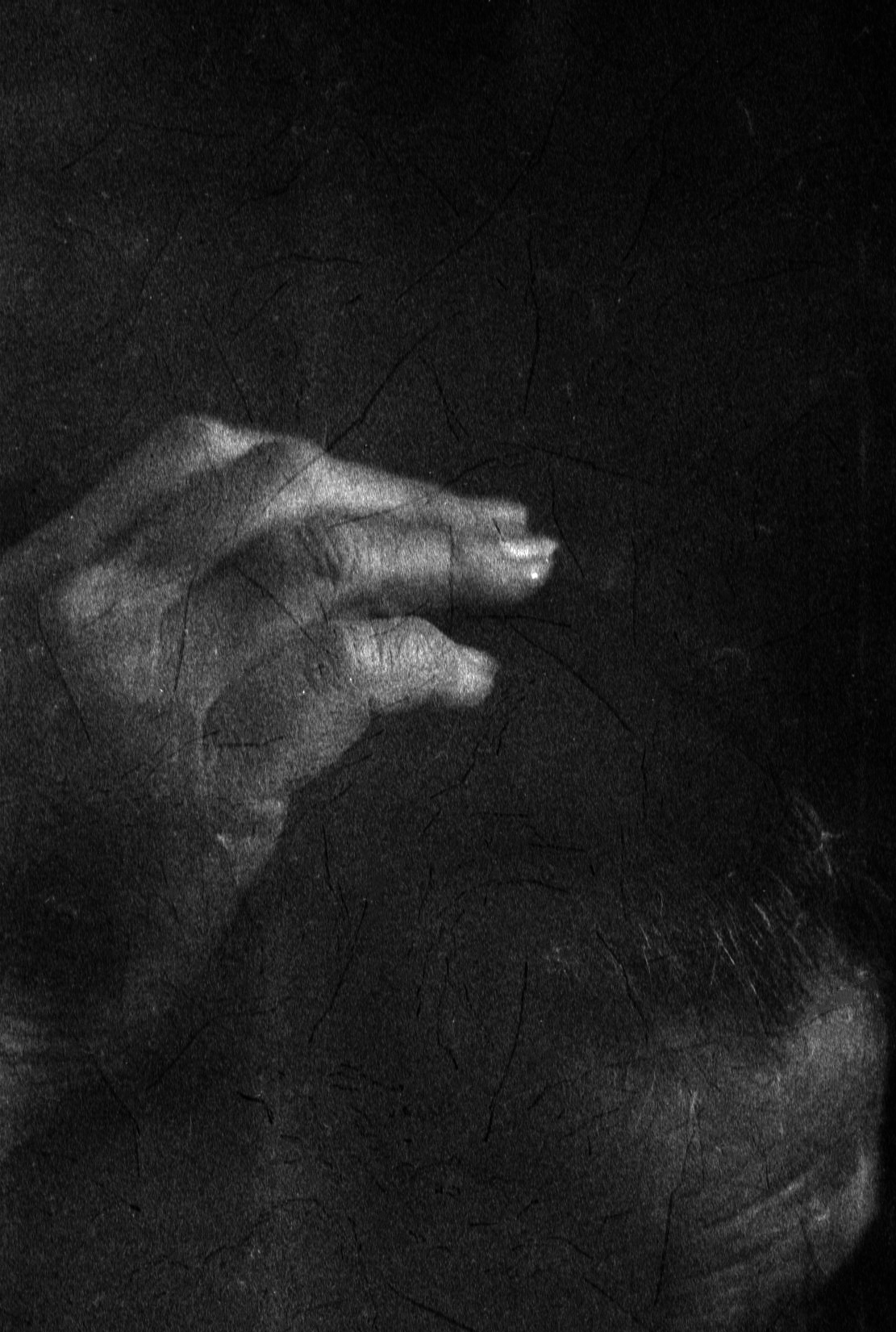






Tereza Kozinc explores the medium of photography impulsively; her works record the unplanned moments of everyday life that catch her attention with a sincere, sometimes almost brutal bluntness. We follow the artist through the transition between two stages of her life, at the turning point when a woman-artist becomes a mother-artist. The creative act is thus at the same time an act of creation, and the bond between the creator and the created is not only invisible and emotional, but also supremely physical, biological and earthly. Between the tectonic shifts, the disintegration and re-establishment of priorities caused by the previously unimaginable weight of maternal responsibility, devotion and care for the other, the darkroom remains the artist’s sacred space. There, the tension that gave rise to a work of art is released, spilled and liquefied.
The newborn child immediately became the mother’s muse, and rituals began to be incorporated into the daily routine. Invisibly but constantly changing and adapting over time, they became the new motifs of her artworks. Photographing her child, the artist now combines her ever-present artistic being and creative expression with her new role as a mother, which is exquisitely reflected in her work Martin, Evening Rituals. These newfound relationships are also mirrored in the exploration of the artist’s family roots and the relationships between individuals in the female line of her family, which is why not only her child appears in the photographs, but also his ancestors, the artist’s mother and grandmother. The works on display are thus at the same time a tribute to the legacy of family history, giving Tereza’s visual narrative an almost tactile quality of special intergenerational depth. As a constantly present motif, we are also accompanied by ravens, the eternal heralds of the abandonment of the old and the arrival of the new. With their dark wings, they outline a bridge between the series Finding Stenli and Itchings, between the old and the new world, which Kozinc records, for instance, with the work Finding Stenli #22 and the composite quadriptych Ravens #1.
text by Vida Jocif